People of Ngoc Lien commune (Ngoc Lac) harvest cassava.
Realizing that arrowroot is easy to grow, easy to care for, and brings high income, in recent years, people in Ngoc Lien commune (Ngoc Lac) have expanded the area of arrowroot, meeting the raw material source for the production of arrowroot vermicelli. Up to now, Ngoc Lien commune has converted about 50 hectares of low-yield agricultural land to grow arrowroot to make arrowroot vermicelli. To increase the value of arrowroot cultivation, many cooperatives and households in the commune have invested in equipment and machinery to develop quality arrowroot vermicelli products for the market. Among them, Huong Ngoc arrowroot vermicelli products of Thanh Cong Agricultural Services, Trade and Construction Cooperative have been recognized as a 3-star OCOP product at the provincial level. According to Mr. Le Ba Toan, village 4, Ngoc Lien commune, arrowroot is an easy-to-grow plant, and can be harvested after 8 to 10 months. The average yield is about 75 tons of tubers/ha, generating revenue of 80 - 100 million VND, after deducting expenses, the income is 60 - 80 million VND/ha. Realizing that the economic value of the cassava plant is many times higher than that of other crops on the same area. This year, many households in the commune have expanded their area to grow cassava. Currently, the cassava area of the people in the commune is developing at the stage of 3 - 5 leaves, we are focusing on care and fertilizing the first batch so that the plant provides enough nutrients to feed the tubers with the hope of achieving high productivity at the end of the year.
Previously, people in Yen Lac commune (Nhu Thanh) only grew corn and cassava on hillsides with limited irrigation water, resulting in low productivity. In recent years, due to the high demand for raw materials for making vermicelli, people have changed the crop structure on the hills to growing arrowroot. As a result, by April 2025, people in Yen Lac commune had developed more than 20 hectares of arrowroot as raw materials to serve the production of vermicelli for processing facilities. According to people, growing arrowroot in village 4, Yen Lac commune, after 8 months of planting and care, the yield of arrowroot reached 75 to 80 tons/ha, after deducting costs, the income was about 80 million VND/ha. Mr. Pham Cong Bao, Director of Yen Lac Agricultural Service and Trade Cooperative (Nhu Thanh), said: With the capacity of the cooperative's cassava processing line of about 80 tons of starch/year, the cooperative needs thousands of tons of cassava raw materials to serve production. To proactively source raw materials, the cooperative has linked production and consumption of cassava products with local people.
Currently, in the province there are about 230 hectares of arrowroot, concentrated in the districts of Nhu Thanh, Ngoc Lac, Nhu Xuan, Cam Thuy... Arrowroot is mainly cultivated by people on hills, accounting for about 80% of the area and on rice fields and home gardens, about 20%. To increase the value and quality of products in Ngoc Lac and Cam Thuy districts, a model of growing arrowroot in the direction of VietGAP has been built and expanded with an area of about 10 hectares. Thereby, households growing arrowroot are trained in planting techniques, care and pest control for arrowroot according to VietGAP standards. In localities, production chains have also been built, product consumption with arrowroot vermicelli processing facilities to ensure product output and stable income for people. From growing arrowroot, up to now, the province has built products such as Huong Ngoc arrowroot vermicelli (Ngoc Lac), Yen Lac arrowroot vermicelli (Nhu Thanh); Dong Doi Ao vermicelli, Cam Binh commune and Thuan Tam vermicelli, Cam Lien commune (Cam Thuy) achieved 3-star OCOP products at the provincial level. Currently, local vermicelli products have been and are being supplied to the market in the province and provinces and cities across the country, such as: Hanoi, Hung Yen, Hai Phong, Quang Ninh, Binh Duong, Ho Chi Minh City...
To expand the area and develop cassava into a key crop, localities are actively reviewing and orienting concentrated growing areas and introducing new cassava varieties that grow well and are suitable for local soil conditions into production. At the same time, implementing mechanisms and policies to encourage people to accumulate and concentrate land, forming raw material production areas associated with processing and consumption of cassava products.
Article and photos: Hai Dang
Source: https://baothanhhoa.vn/hieu-qua-kinh-te-tu-nbsp-trong-cay-dong-rieng-246436.htm


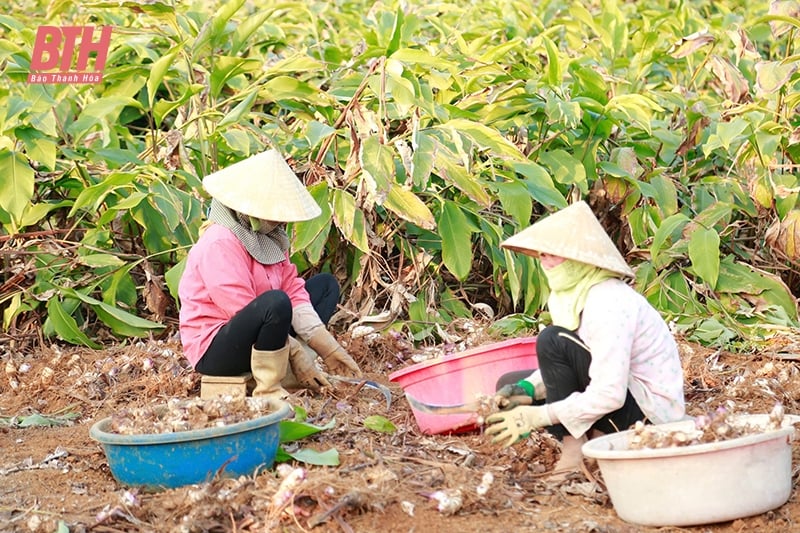

![[Photo] National Assembly Chairman Tran Thanh Man chairs the meeting of the Subcommittee on Documents of the First National Assembly Party Congress](https://vphoto.vietnam.vn/thumb/1200x675/vietnam/resource/IMAGE/2025/5/8/72b19a73d94a4affab411fd8c87f4f8d)
![[Photo] General Secretary To Lam begins official visit to Russia and attends the 80th Anniversary of Victory over Fascism](https://vphoto.vietnam.vn/thumb/1200x675/vietnam/resource/IMAGE/2025/5/8/5d2566d7f67d4a1e9b88bc677831ec9d)
![[Photo] General Secretary concludes visit to Azerbaijan, departs for visit to Russian Federation](https://vphoto.vietnam.vn/thumb/1200x675/vietnam/resource/IMAGE/2025/5/8/7a135ad280314b66917ad278ce0e26fa)
![[Photo] Prime Minister Pham Minh Chinh meets with the Policy Advisory Council on Private Economic Development](https://vphoto.vietnam.vn/thumb/1200x675/vietnam/resource/IMAGE/2025/5/8/387da60b85cc489ab2aed8442fc3b14a)
![[Photo] President Luong Cuong presents the decision to appoint Deputy Head of the Office of the President](https://vphoto.vietnam.vn/thumb/1200x675/vietnam/resource/IMAGE/2025/5/8/501f8ee192f3476ab9f7579c57b423ad)
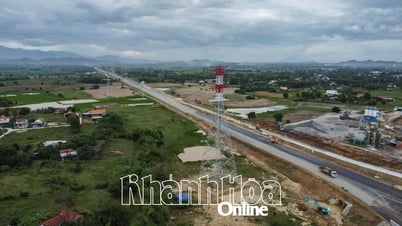


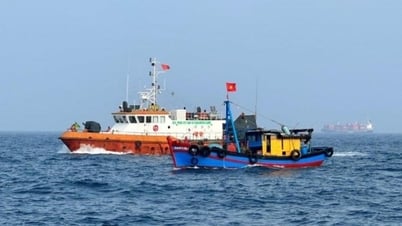

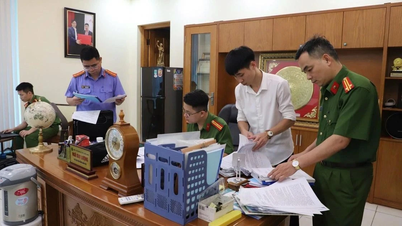





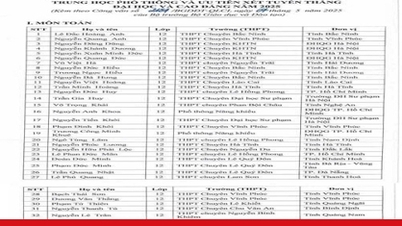





































![[Photo] Prime Minister Pham Minh Chinh talks on the phone with Singaporean Prime Minister Lawrence Wong](https://vphoto.vietnam.vn/thumb/402x226/vietnam/resource/IMAGE/2025/5/8/e2eab082d9bc4fc4a360b28fa0ab94de)


































Comment (0)